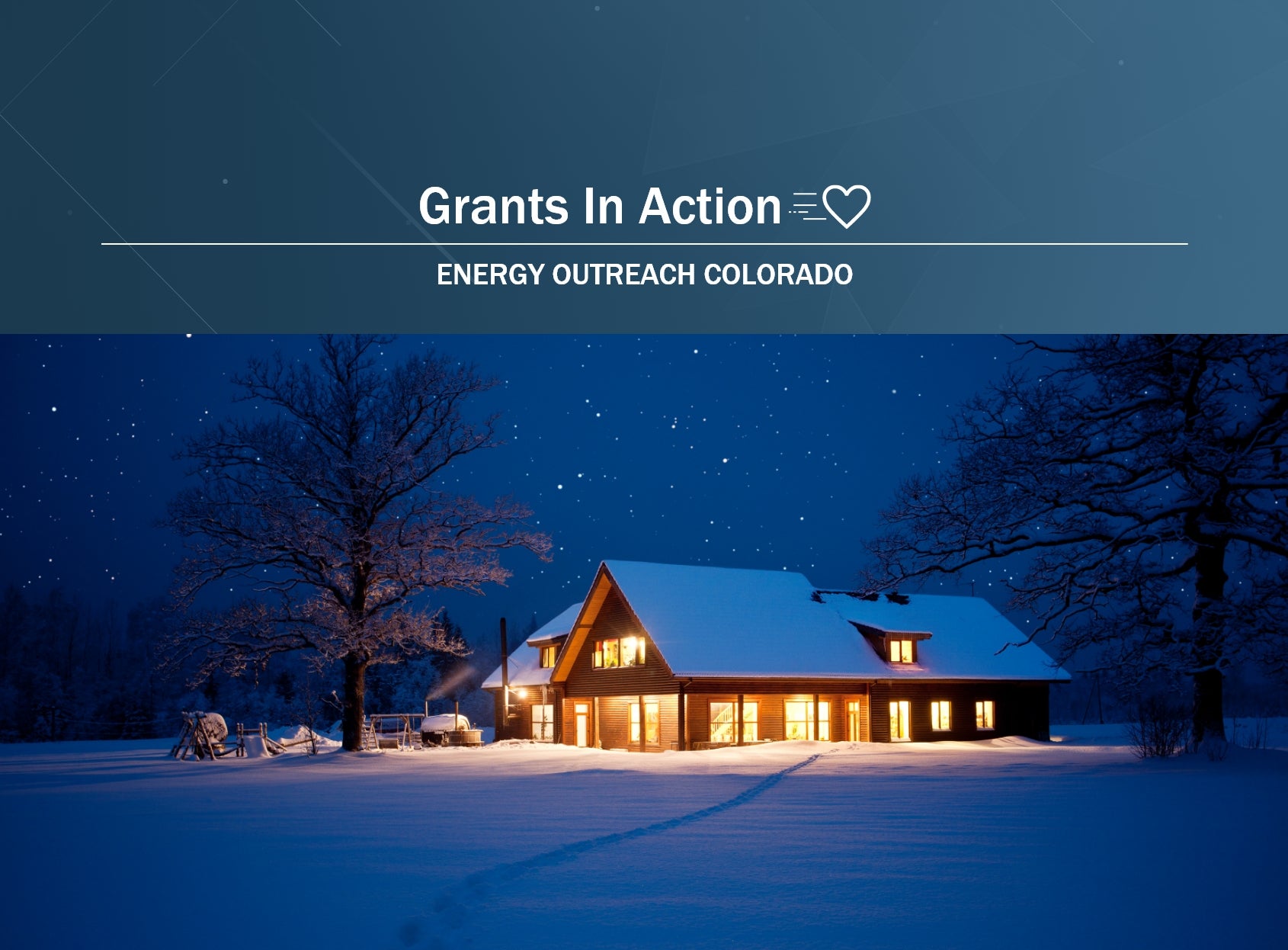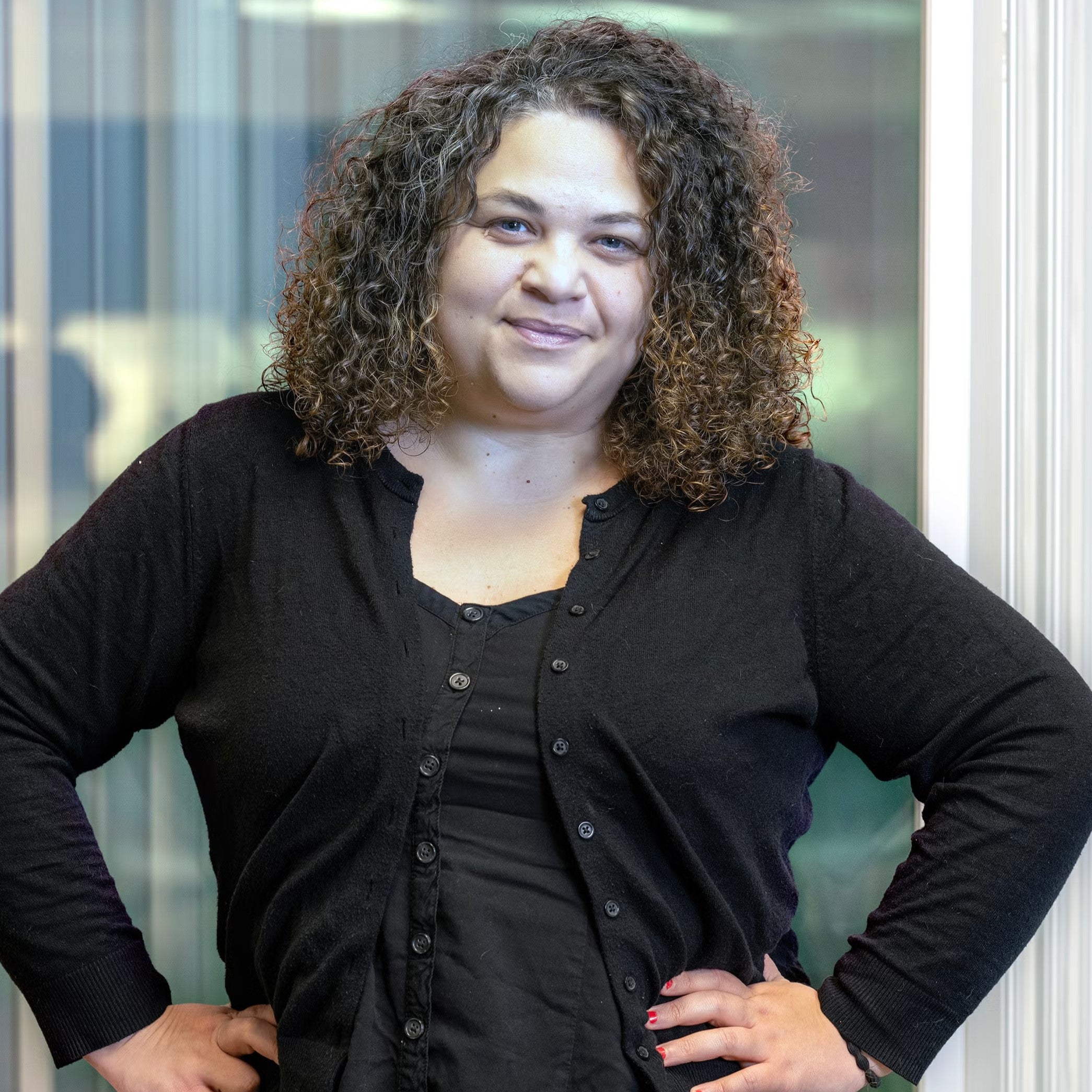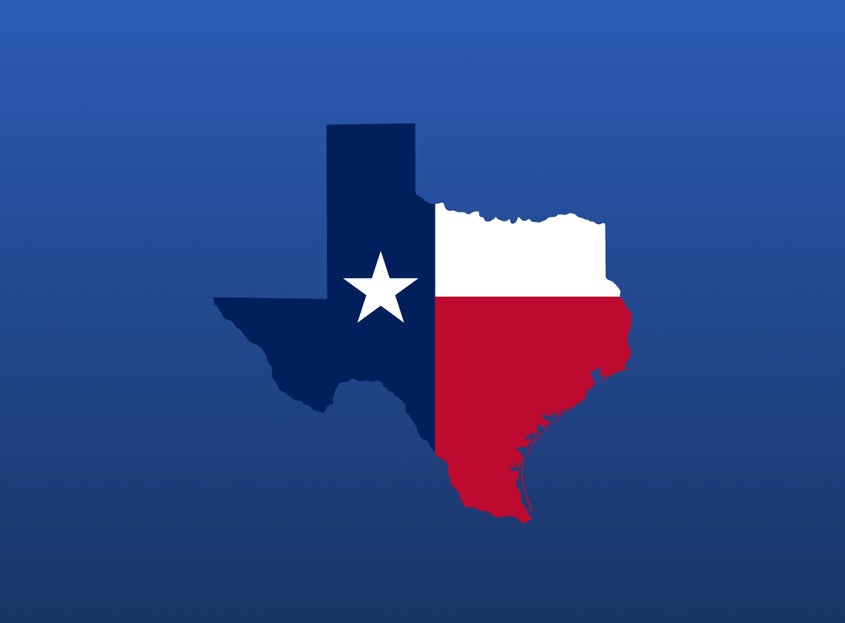For Coloradans Facing Energy Insecurity, Affordable Programs Can Mean Keeping the Lights On

Flipping on a light switch. Taking a hot shower in the morning to start your day. Cooking a meal on the stove for your family. It’s hard to imagine these daily necessities as unaffordable luxuries, but for 1 in 4 Coloradans facing energy insecurity, these basic human needs can be just that.
Energy insecurity is defined by Columbia University’s Mailman School of Public Health as the “inability to adequately meet basic household needs” which has “profound implications for health and health equity.” It is also disproportionately high for “households below the poverty level and headed by persons of color.”
With Colorado residents facing higher-than-average inflation rates (particularly those who live in Denver) and more anticipated snowfall this winter due to El Niño, paying for energy can mean forgoing other basic needs such as food, medical care, clothing, transportation and childcare.
Energy Outreach Colorado (EOC), a nonprofit dedicated to bridging the gap between federal funding for energy assistance and the home energy needs of Coloradans with low income, saw a 25% increase in the need for services in 2022. According to Tess Richey, vice president of development for EOC, “We don’t see that decreasing that much this year…the need is not going away.”
Headquartered in Denver, EOC works on a statewide scale by partnering with agencies, community groups and other nonprofits so that Coloradans can access these often urgently needed services. (Since their inception, EOC has invested over $410 million on energy through programs and services and assists an average of 20,000 households each year.)
The organization provides equitable energy services, including bill payment assistance, a heat helpline, community solar programs and CARE (Colorado’s Affordable Residential Energy), which provides Coloradans with low income in participating counties with home energy efficiency upgrades at no cost. As Richey explains, “We are a support service and a safety net for families that really need assistance that goes above and beyond federal funding.”
Richey notes that while the average Colorado household dedicates roughly two percent of their income towards energy, for families with low income it can be upwards of ten percent. This is where donor support really comes into the picture, as it costs an estimated $2 a day to keep someone’s home energy on. “It’s such an incredible gift to give someone, to know that they’re safe in their home,” she says.
“Our donors are really integral to our operations,” Richey says, adding, “Donor dollars help us reach underserved regions of the state with people with the highest needs.” Aiding rural areas of Colorado, which often depend on alternative types of fuel, is primarily funded through unrestricted gifts from donors.
Donors can have a real impact on someone’s life. It’s a way to give back to your neighbors in need and your community as a whole.
Donor-advised funds (DAFs) have come to be “a very important funding source for us,” Richey explains, adding that grants coming from DAF accounts have grown every year for the organization for the last four years. In fact, over the last year alone, funding from DAF accounts has increased by 98%.
With a focus on long-term solutions and lasting impacts for Coloradans, Richey emphasizes it’s not just a matter of keeping someone’s heat and lights on, it’s also to “connect them to so many other resources to stabilize” a household’s needs throughout their lifetime.
By investing in these long-term solutions (which also aim to have positive health and environmental impacts on a statewide level) through giving vehicles like DAFs, Richey says donors can “have a real impact on someone’s life. It’s a way to give back to your neighbors in need and your community as a whole.”
NPT is not affiliated with any of the organizations described herein, and the inclusion of any organization in this material should not be considered an endorsement by NPT of such organization, or its services or products.
NPT does not provide legal or tax advice. This blog post is for informational purposes only and is not intended to be, and shall not be relied upon as, legal or tax advice. The applicability of information contained here may vary depending on individual circumstances.


